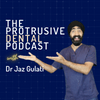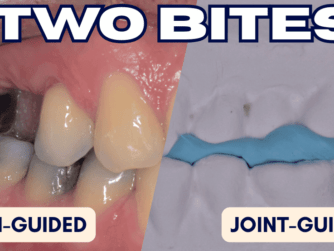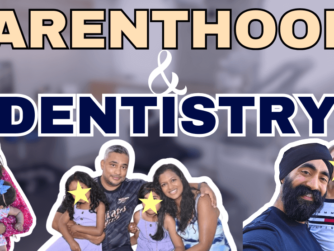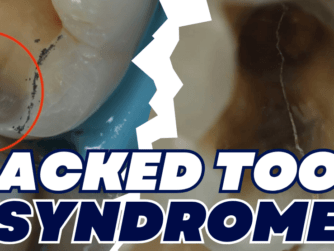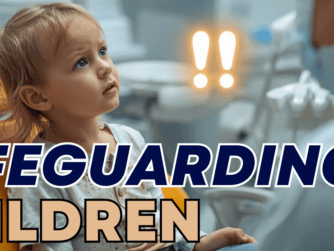Podcast: Play in new window | Download (Duration: 59:49 — 84.6MB)
Subscribe: RSS
What happens when conservative care fails? What if you have prescribed patient education and the ‘best’ occlusal appliance and none of it is working? That’s where surgery MAY be indicated for certain diagnoses. Listen or Watch my podcast with Professor Andrew Sidebottom Maxillofacial surgeon (who is limited to the management of TMJDs) to help us make timely and appropriate referrals to provide the best possible outcome for our patients.
Ready to learn the management of Bruxism and TMD online? Click here to enrol to SplintCourse
Protrusive Dental Pearl: Head over to the Protrusive Dental Community Facebook group where I posted an 8-minute walk-through video on how to screen which patients are at risk for getting a bite change or AOB after an occlusal appliance and how you can minimize that risk.
The highlights of this episode:
- 12:47 Why you need to provide Conservative Care first
- 15:57 TMD is a Spectrum
- 19:21 Early Surgical Intervention?
- 21:42 Acute disc displacement without reduction
- 26:40 Imaging used when managing TMD patients
- 35:10 Pain Management
- 41:03 Arthroscopic procedure for TMD
- 50:29 How much does TMJ Surgery cost in the UK?
- 53:22 Successful management of temporomandibular disorders
Check out these studies as mentioned on the podcast.
Also check out Prof. Andrew Sidebottom’s website for more information and download leaflets.
Check out the Tubules Congress in Heathrow October 2022
If you enjoyed this episode, check out Stay away from TMD! [SPLINTEMBER]
